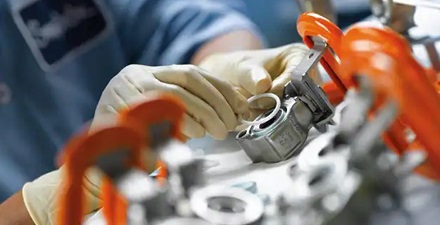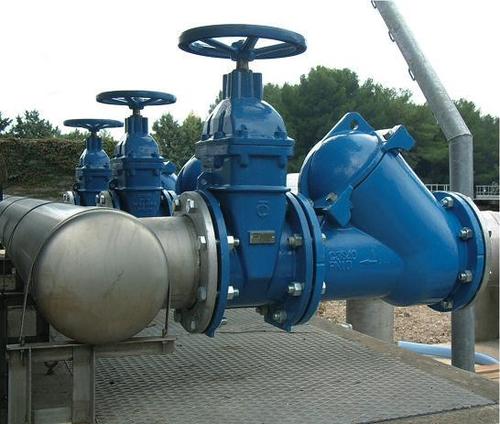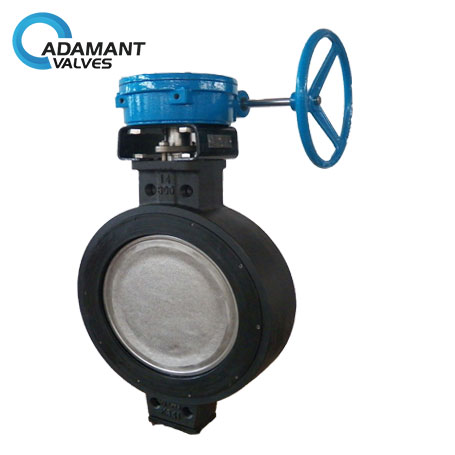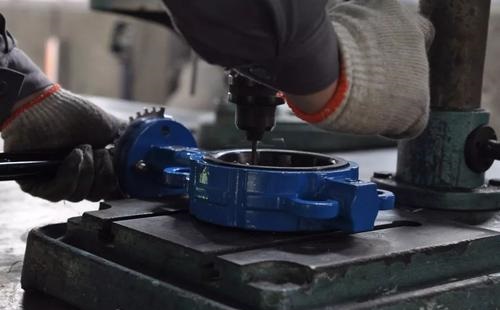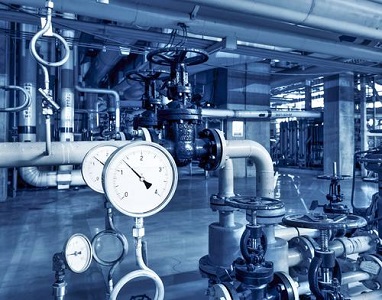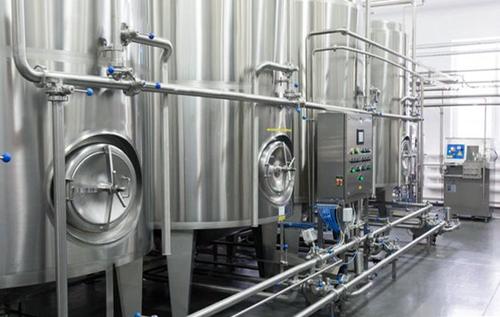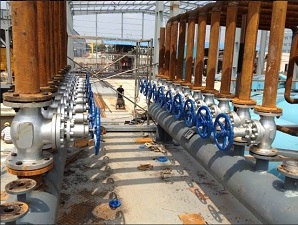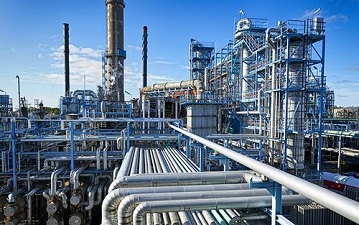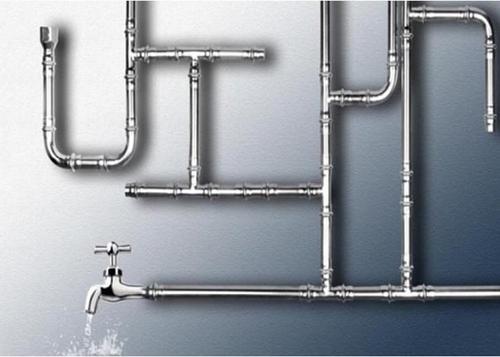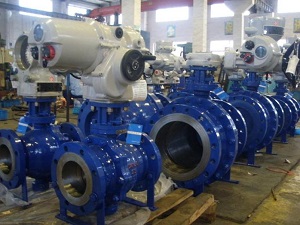Author: root
The Reason for the Mechanical Noise of Regulating Valve
In regulating systems, the mechanical noise generated by sanitary regulating valve comes mainly from the valve core, valve stem, and some of the movable parts. The influence of fluid pressure fluctuations, impact from the fluid, and the gap between the side edge of the sleeve and the pilot device of the valve body will all lead […]
Read moreThe Overview of Light Gate Valve
The flat plate gate valve is a kind of single gate plate valve or double gate plate valve with a distraction mechanism. The flat plate gate valve is prone to leakage when the pressure of the medium is low. To ensure good sealing of sanitary valve under full pressure, sufficient preload needs to be applied to […]
Read moreThe Introduction of Vacuum Valve
Vacuum valve is a kind of valve whose working pressure is below standard atmospheric pressure. Several common connection types of vacuum valve: 1. Flange connection This is the most commonly used connection type in sanitary valves. According to the shape of the joint surface, it can be again divided into the following types: 1) Smooth […]
Read moreButterfly Valves in Different Working Conditions
As the movement of the plate of the butterfly valve has a wiping effect, most butterfly valves can be used in a medium with suspended solid particles. Depending on the strength of the sealing member, they can also be used in a medium of powder and granule. The structural length and overall height of the sanitary […]
Read moreIntroduction of Compartmentalized Plain Top Gate Valve
The compartmentalized plain top gate valve is used in vessels that transport oil and chemicals. It is installed at the bottom of the cabin, with its left flange connected to the cabin compartments and a pipe on the right leading to the cabin. The sealing opening of the compartment gate valve body is round and […]
Read moreWhat is Terminology of Regulating Valve?
Static characteristics refer to the static relationship between the valve stroke and the input signal. The following is the basic definition of various static characteristics. 1. Basic error Under the specified reference conditions, the maximum difference between the characteristic curve of the actual stroke and the characteristic curve of the specified stroke is called basic […]
Read moreWhat are the Types of Pressure Relief Valves?
What are the types of pressure relief valves? The three basic types of pressure–relief valves are the acting-type pressure relief valve, piston-type pressure relief valve, diaphragm-type pressure relief valve. 1. Acting-type pressure relief valve: The simplest pressure relief valve. It is with a flat diaphragm or bellows. Because it is an independent structure, there is no need to install an […]
Read moreThe Selection of Valve Sealing Surface Materials
The sealing surface is the most critical surface of the valve. The quality of the sealing surface directly affects the service life of the valve. The sealing surface material is an important factor in ensuring the quality of the sealing surface. Therefore, the following factors should be considered when selecting materials for the sealing surface […]
Read moreThe Usage of Steam Solenoid Valve
In our daily life, there are two types of steam: saturated steam and superheated steam. 1. Saturated steam: the temperature and pressure are relatively stable, the temperature is lower than 200 degrees Celsius and the working pressure is below 1.6Mpa. 2. Superheated steam: the change in temperature and pressure is relatively big, the temperature can […]
Read moreThe Effect of Self-acting Regulating Valve
How does a self-acting regulating valve work? The self-acting pressure reducing valve is a valve that without any external energy, using controlled media energy as a power source introduces the implement diaphragm to produce thrust, control the throttle components movement to achieve the automatic regulation. It has the comprehensive functions of measurement, implementation, control. What […]
Read more
